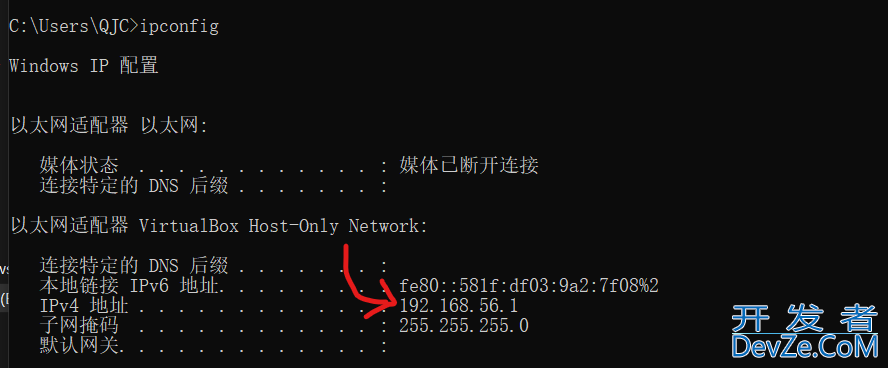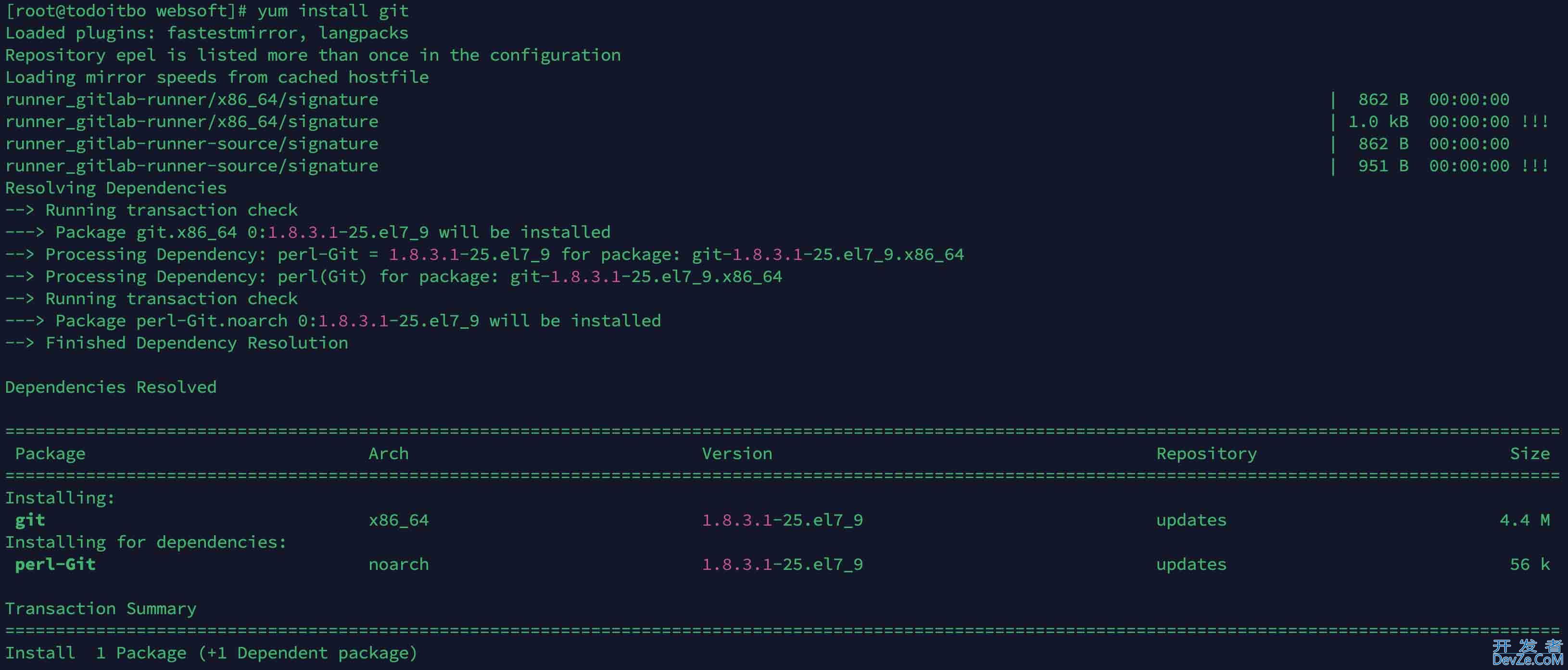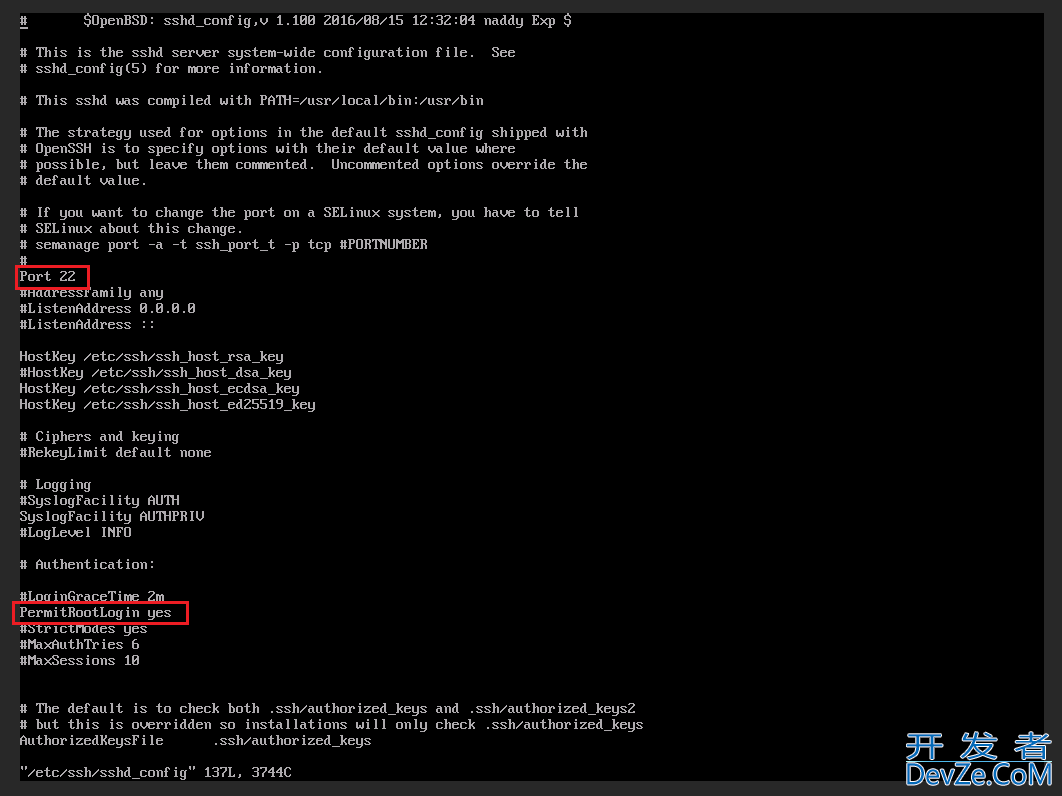目录
- shell脚本判断文件是否存在
- shell脚本之文件是否存在、权限校验
- 判断目录是否存在
- 判断文件是否存在
- 判断目录/文件是否存在
- 判断文件权限
- 判断文件是否属于当前用户
- 判断文件是否与当前用户相同用户组
- 比较文件之间是否为新建
- 复合条件判断文件
- 总结
shell脚本判断文件是否存在
在进行linux系统相关应用程js序开发时,少不了要书写一些shell脚本,有时候要用到判断文件或者目录是否存在的脚本,本文笔者做一下笔记,已备后查。
shell判断文件是否存在的脚本如下:
//[ 与 ] 的前后必须有空格符
if [ -f /path/file.ext ]
thphpen
echo "The file exist"
else
echo "The fil编程客栈e doesn't exist"
fi
//判断某链接是否存在
if [ -L /path/link ]
then
echo "The link exist"
else
echo "The link doesn't exist"
fi
其实shell对于文件册测试有好几种选项开关
现在例举如下:
| 表达式 | 测试含义 |
|---|---|
| -a filepath | file exists. all files type |
| -b filepath | file exists and is a block special file. |
| -c filepath | file exists and is a character special file. |
| -d filepath | file exists and is a directory. |
| -e filepath | file exists (等同于 -a). |
| -f filepath | file exists and is a regular file. |
| -g filepath | file exists and has its setgid(2) bit set. |
| -G filepath | file exists and has the same group ID as this process. |
| -k filepath | file exists and has its sticky bit set. |
| -L filepath | file exists and is a symbolic link. |
| -n filepath | string length is not zero. |
| -o filepath | Named option is set on. |
| -O filepath | file exists and is owned by the user ID of this androidprocess. |
| -p filepatjavascripth | file exists and is a first in, first out (FIFO) special file ornamed pipe. |
| -r filepath | file exists and is readable by the current process. |
| -s filepath | file exists and has a size greater than zero. |
| -S filepath | file exists and is a socket. |
| -t filepath | file descriptor number fildes is open and associated with aterminal device. |
| -u filepath | file exists and has its setuid(2) bit set. |
| -w filepath | file exists and is writable by the current process. |
| -x filepath | file exists and is executable by the current process. |
shell脚本之文件是否存在、权限校验
判断目录是否存在
#判断目录是否存在,判断非加!号, [ ! -d '/home' ] if [ -d '/home' ] then echo "目录/home存在==========" else echo "目录/home不存在=========" fi
判断文件是否存在
#判断文件是否存在 if [ -f '/home/docker.log' ] then echo "文件/home/docker.log存在=============" else echo "文件/home/docker.log不存在===========" fi
判断目录/文件是否存在
#判断文件是否存在,目录或文件存在都成立 if [ -e '/home' ] then echo "/home存在==============" else echo "/home不存在============" fi
判断文件权限
#检测文件是否可读 -r ,可写 -w ,可执行 -x if [ -r '/home/script/file.log' ] then echo "文件/home/script/file.log存在并可读==============" else echo "目录/home/script/file.log不存在或不可读==================" fi
判断文件是否属于当前用户
#检测文件是否属于当前用户 file_path=/home/script/file.log if [ -O $file_path ] then echo "文件$file_path属于当前用户=================" else echo "文件$file_path不属于当前用户===============" fi
判断文件是否与当前用户相同用户组
#检测文件是否存在,并且默认组与当前用户相同 file_path=/home/script/file.log if [ -G $file_path ] then echo "文件$file_path所属组与当前用户相同=================" else echo "文件$file_path所属组与当前用户不相同================" fi
比较文件之间是否为新建
#检测文件file1是否比file2新 file1=/home/script/file.log file2=/home/script/file_1.log if [ $file1 -nt $file2 ] then echo "文件$file1比文件$file2新==============" fi if [ $file1 -ot $file2 ] then echo "文件$file1比文件$file2旧===============" fi
复合条件判断文件
#判断既是文件 又 可读 ,用 && ,或用 ||
file=/home/script/file.log
if [ -f $file ] && [ -r $file ]
then
echo "文件$file是文件,并且可读============="
fi
总结
以上为个人经验,希望能给大家一个参考,也希望大家多多支持我们。









 加载中,请稍侯......
加载中,请稍侯......
精彩评论